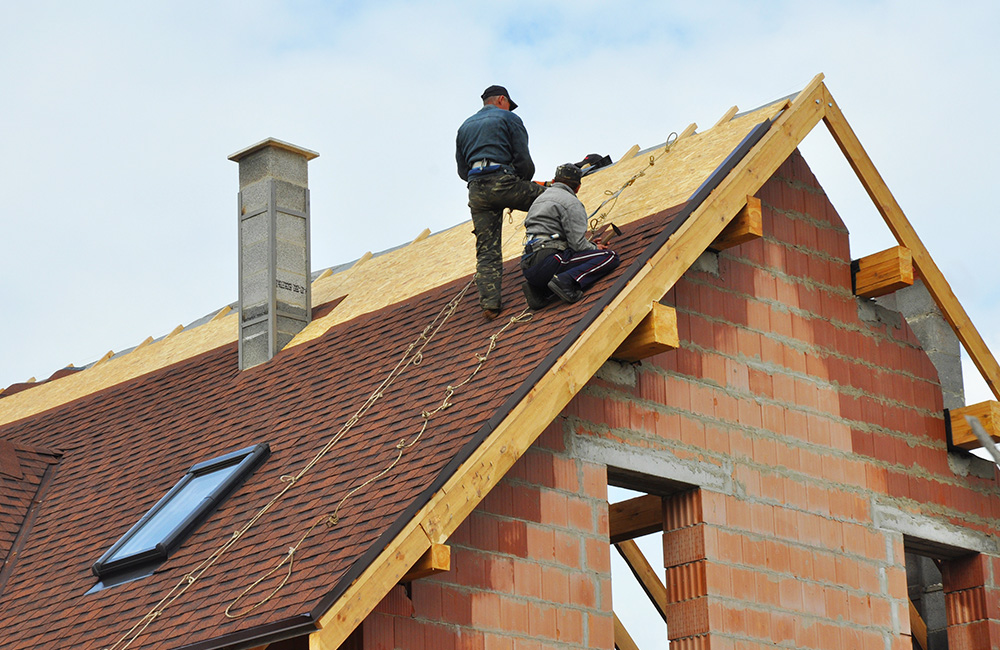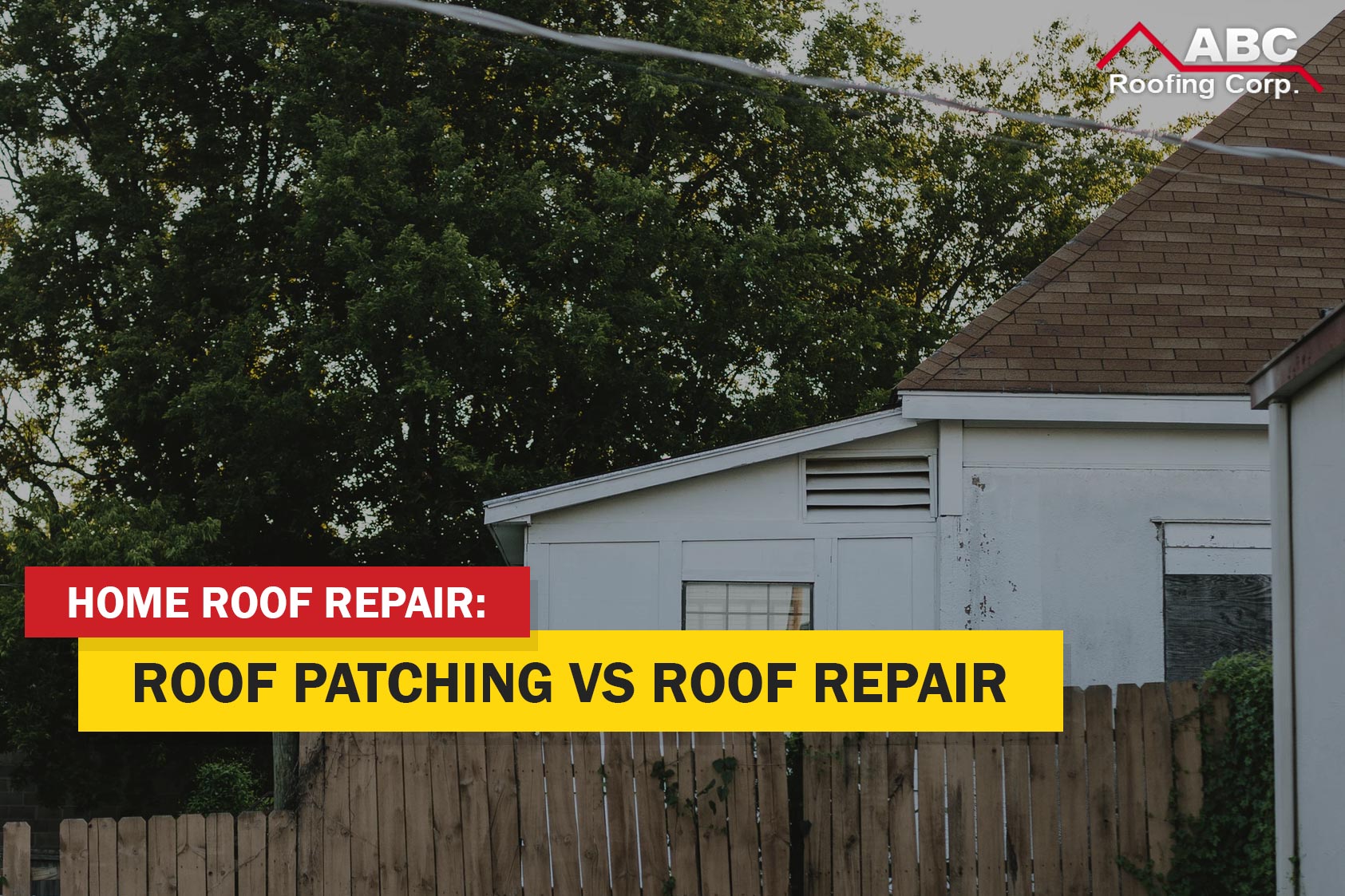Roofers Oahu: Specialist Roof Installations and Repairs
Wiki Article
Comprehending the Different Kinds of Roof Coverings: A Comprehensive Guide for Homeowners
With a variety of alternatives-- ranging from the conventional gable to the modern flat-- each kind offers distinct benefits and challenges that must align with the property owner's details needs and environmental factors to consider. As we check out the complexities of various roofing system kinds, it comes to be noticeable that one dimension does not fit all; the right choice may surprise you.Gable Roofings
Gable roof coverings, defined by their triangular form, are among the most popular roof covering styles due to their simplicity and performance in shedding water and snow. This design includes 2 sloping sides that fulfill at a ridge, permitting effective water drainage and minimizing the danger of water accumulation. The high pitch generally connected with saddleback roofs boosts their capability to manage hefty precipitation, making them appropriate for numerous climates.In addition to their useful benefits, gable roofing systems supply visual adaptability. They can be adjusted to different building styles, from traditional to contemporary homes. The design can likewise suit extra functions such as dormer windows, which enhance all-natural light and ventilation in the attic room.
Furthermore, saddleback roofs supply ample space for insulation, contributing to energy efficiency. Homeowners can pick from a selection of roof covering products, including asphalt roof shingles, metal, and ceramic tiles, additionally improving personalization alternatives.
Regardless of their advantages, gable roofings may require extra support in locations prone to high winds or hefty snowfall. Overall, the gable roof covering stays a preferred selection because of its blend of performance, resilience, and aesthetic allure.
Apartment Roofs
Level roof coverings are often recognized for their minimalist layout and functional applications, especially in commercial and commercial settings (oahu roofing). These roofings feature a straight or almost horizontal surface area, which permits easy construction and functional space use. While they might lack the aesthetic allure of pitched roofs, level roofings provide various advantages, especially in city environments where making the most of area is criticalOne of the key benefits of level roofing systems is their accessibility. Homeowners can make use of the roofing room for different purposes, such as roof gardens, balconies, or photovoltaic panel setups. In addition, level roofing systems are generally extra affordable to preserve and mount compared to their sloped equivalents, as they require less products and labor.
Usual products utilized for level roof coverings include built-up roofing (BUR), changed bitumen, and single-ply membrane layers, each offering unique advantages. In general, level roofing systems offer as a practical and versatile selection for several homeowners and organizations alike.
Hip Roofs
Hip roofing systems are characterized by their sloped sides that assemble on top, developing a ridge. This layout stands out from saddleback roofs, as all 4 sides of a hip roofing slope downwards towards the wall surfaces, supplying a more stable structure. The angle of the inclines can vary, enabling for adaptability in building visual appeals and functionality.Among the key advantages of hip roofs is their capacity to endure heavy winds and adverse weather. The sloped surface areas enable far better water drainage, decreasing the threat of leaks and water damages. Additionally, hip roofs offer boosted attic room room, which can be utilized for storage space or perhaps converted into livable locations.
Nevertheless, constructing a hip roofing can Clicking Here be extra costly and complex than less complex roofing system kinds, such as saddleback roofs. The extra material and labor entailed in developing the slopes and ensuring proper architectural stability can cause greater expenditures. Regardless of these disadvantages, many house owners prefer hip roofs for their longevity, visual appeal, and potential for power efficiency.
Mansard Roof Coverings
Mansard roof coverings, often acknowledged by their one-of-a-kind four-sided style, function two slopes on each side, with the lower slope being steeper than the top. This building style, stemming from France in the 17th century, is not only cosmetically attractive but functional, as it makes the most of the functional space in the top floors of a building. The steep find here lower incline enables even more headroom, making it an excellent selection for lofts or attics, which can be exchanged living areas.Mansard roofs are defined by their adaptability, accommodating different building designs, from traditional to modern. They can be created with various materials, including asphalt tiles, slate, or metal, offering homeowners with a series of options to suit their budget plans and preferences. Additionally, the layout permits the combination of dormer windows, improving all-natural light and air flow in the upper degrees.
Nonetheless, it is important to consider the potential downsides. Mansard roofing systems may call for even more maintenance due to the complexity of their layout, and their high inclines can be testing for snow and rainfall overflow. Overall, mansard roofs combine beauty with functionality, making them a prominent selection among property owners seeking unique building features.
Dropped Roofings
As home owners significantly look for simplicity and functionality in their architectural designs, lost roof coverings have arised as a preferred selection. Characterized by a solitary sloping plane, a shed roof covering provides a minimalist visual that matches numerous home designs, from modern to rustic.Among the primary benefits of a shed roof covering is its simple construction, which often equates to decrease labor website link and material prices. This style enables reliable water drainage, reducing the risk of leakages and water damages. Furthermore, the vertical incline provides adequate room for skylights, improving all-natural light within the interior.
Lost roofing systems also provide versatility in regards to usage. They can be properly incorporated right into additions, garages, or exterior structures like structures and sheds. Furthermore, this roofing system design can fit various roof covering products, including steel, asphalt shingles, or perhaps eco-friendly roofing systems, straightening with eco-friendly campaigns.
Nevertheless, it is vital to consider regional climate conditions, as heavy snow loads may demand modifications to the roof's angle or structure. In general, shed roofings provide a useful and aesthetically pleasing option for homeowners looking to make best use of performance without endangering design.
Verdict


Gable roofs, characterized by their triangular form, are amongst the most popular roofing styles due to their simpleness and performance in losing water and snow. oahu roofing. The high pitch commonly linked with gable roofings enhances their capability to manage hefty rainfall, making them ideal for different climates
While they might lack the aesthetic charm of pitched roofs, level roofings supply numerous benefits, particularly in city settings where making the most of space is critical.

Report this wiki page